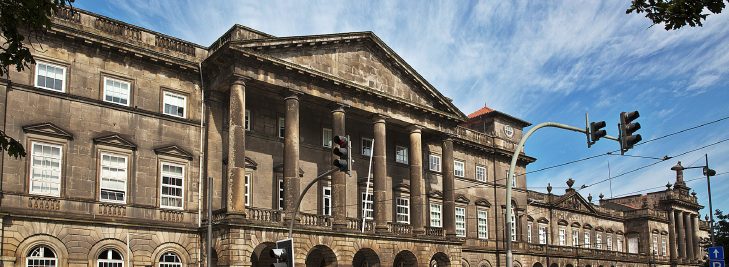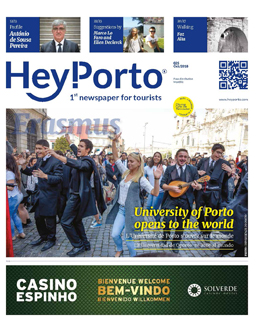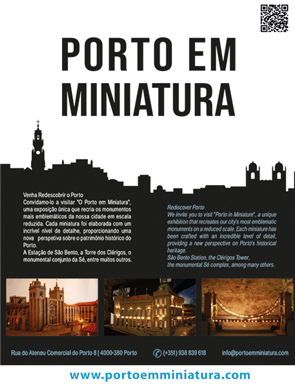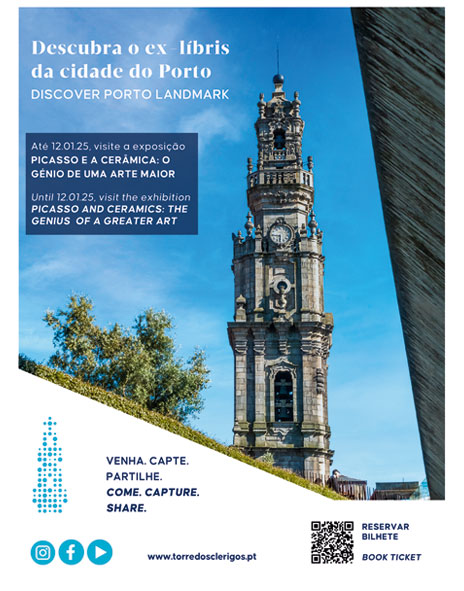Located in the Historic Center of Porto, more specifically in Largo do Professor Abel Salazar, Hospital de Santo António completed, in 2020, 250 years since the first stone was laid.
The history of Hospital de Santo António emerges as a saga of determination, boldness and altruism. Right from the start, its construction, which, regardless of the megalomania of the project and the location error, very swampy, constituted a pressing need for the city in transformation.
However, it was demonstrated that, in order to build and maintain their Hospital, the people of Porto and their Misericórdia often found themselves alone and dismayed by the power that, at decisive moments, treated Porto with the pride of a centralism that only in the mid-twentieth century would begin to look at the city in the right measure of its hospital needs.
On 15 July 1770, the vacant land on the outskirts of Largo gave way to the construction of the Hospital, but the proposal presented by the English architect John Carr did not come to be fully implemented, such was its size, grandeur and cost. The start of construction was faced with an unexpected difficulty, the terrain that was very moist and swampy, making it difficult to build the foundations that would support the building. John Carr, who never came to Porto, designed the interiors in brick. The option for granite was expensive and prolonged the construction.
In addition to the geographical problems, the first years of construction were marked by the “turbulence” of the French invasions, between the 1770 and the beginning of the 19th century, causing only two thirds of the project to be carried out.
Further on in history, and already after the inauguration of the unit, which happened only in 1824, the country waged a civil war between absolutists and liberals and, later, still faced the bubonic plague and the Spanish flu of 1918.
It is also in 1825 that it is associated with the hospital, the Porto Medical-Surgical School, ancestor of the Faculty of Medicine of Porto that operated there until the end of the year 1959, moving to the newly built Hospital São João.
After 20 years, in 1979, the hospital again receives students from the 4th year of the medical course at the Institute of Biomedical Sciences Abel Salazar (ICBAS) at the University of Porto, ensuring the regency of most of the curricular units. Currently, the average admission is the highest among the 7 integrated Master’s degrees in Medicine from Portuguese universities.
The building is the most Palladian of Portuguese buildings, and the largest, built outside the British Isles, developing on several floors, in a sober, simple and symmetrical way, but with well-defined volumes animating the surface.
It became the “city hospital” and, since 1910, it is considered a National Monument.
Today the Hospital de Santo António is the anchor of the Centro Hospitalar Universitário do Porto, which also incorporates the Jacinto de Magalhães Medical Genetics Center and the Northern Albino Aroso Maternal and Child Center, resulting from the merger of the Júlio Dinis Maternity and the Children Hospital Maria Pia, as well as the human and cultural heritage of the Joaquim Urbano Infectious Diseases Hospital.
CHUP is dedicated to assistance, teaching, medical internships, training, innovation and clinical and scientific research. The direct reference area ranges from the cosmopolitan seafront to the old islands of Porto, passing through the city, working class neighborhoods and villages of Gondomar. It has about 4400 workers, from dozens of professions. Each day that passes, there are about 100 admissions, 2900 consultations, 140 scheduled surgeries, 420 emergency episodes, 300 episodes of day hospital and 10
parturition .
Each week, it hosts a new international multicentre clinical trial and places four scientific articles on an international basis. The library has numerous resources for searching and obtaining bibliography. The Museum of Medicine and Pharmacy is part of the Portuguese Museum Network, linking the hospital to the city and to tourists.









Comments are closed here.